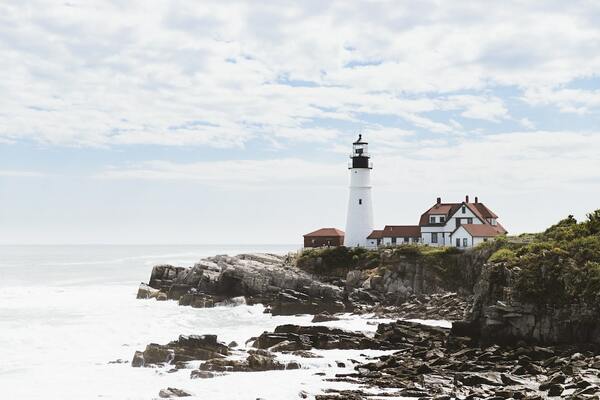Idotea balthica comparison: Anatomy, locomotion, and seaweed preference of Massachusetts isopods
(1) Yee Homeschool Academy, Dedham, Massachusetts, (2) Massachusetts Bay Community College, Wellesley, Massachusetts
https://doi.org/10.59720/21-105
We investigated a select population of Massachusetts marine isopods to determine if they are of the species Idotea balthica by comparing their features to those of ,em>I. balthica living in the Baltic Sea. We hypothesized that the Massachusetts isopods belonged to the species, despite the large geographical distance between the two populations. For this study, a group of 12-18 isopods were captured in Plymouth, Massachusetts in October 2020 and observed in captivity. After examination, they were then compared in three areas (morphology, movement, and seaweed preference) using previous studies on the Baltic Sea isopods as references for comparison. Results indicated that the Massachusetts isopods resembled the Baltic Sea isopods in most areas, with the few key exceptions of smaller female length, slightly darker coloration of males, and greater seaweed preference for Chondrus crispus with no inclination toward Pilayella littoralis. This knowledge could be useful for future examination of the two groups, such as when measuring their responses to climate change, especially given the physical and ecological differences between the Massachusetts Bay and Baltic Sea marine environments.
This article has been tagged with: